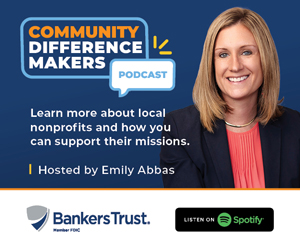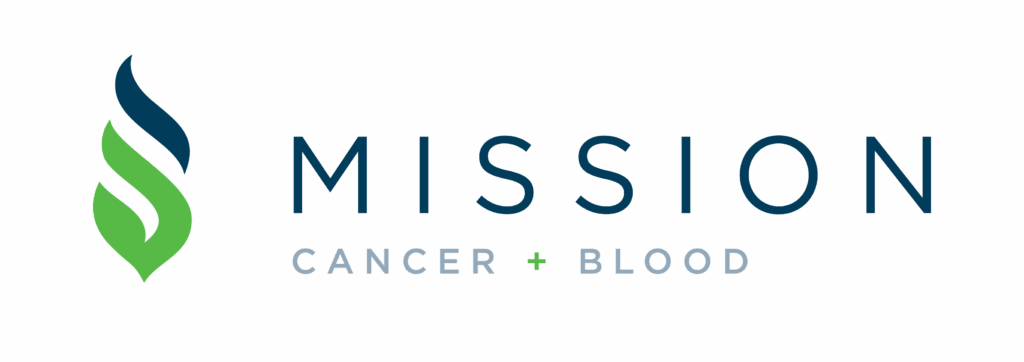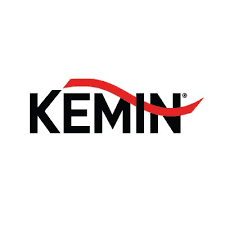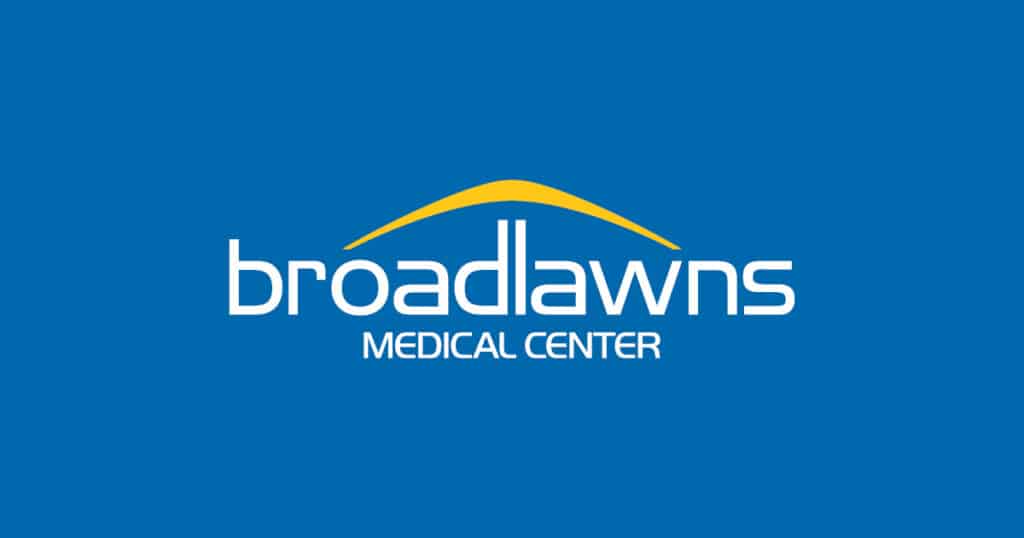Insurance co-op on the horizon
Midwest Members Health will use a $112 million low-interest federal loan to fund operations

Iowa’s dominant health insurer, Wellmark Blue Cross and Blue Shield, will have a new nonprofit competitor when the state’s health insurance exchange begins operating next year.
David Lyons, a former Iowa insurance commissioner and economic development director, saw the potential to create renewed competition in the state’s health-care market with the passage of federal health-care reform legislation in March 2010. Working with Cliff Gold, a retired Wellmark executive, and Steve Ringlee, a Central Iowa venture capital and start-up specialist, Lyons plans to launch Midwest Members Health, a nonprofit, member-owned health insurance cooperative.
More health care reform coverage
In February, Midwest Members Health was one of seven nonprofit organizations nationwide approved to receive a portion of $3.4 billion in low-interest federal loan program authorized by the Patient Protection and Affordable Care Act. Midwest Members Health will receive more than $112 million in start-up and operating capital, provided it meets a schedule of 80 milestone objectives set by the federal government.
Value proposition
Sen. Kent Conrad, a North Dakota Democrat, championed the idea of using co-ops to spur competition in the oligopolistic health insurance market, and the idea became part of the health-reform legislation.
Lyons leads the formation board for the organization, which he said will likely announce a permanent name within the next couple of months. By next fall, it plans to begin marketing health policies as a consumer-owned and -operated health insurer that will be governed by a member-elected board.
The health plan will primarily focus on the individual and small-group market for businesses with fewer than 100 employees, Lyons said, though it will also be capable of serving the large-group market. The cooperative’s goal is to capture 5 percent of that market in Iowa and Nebraska, which given the prevailing market concentration would make it the third-largest health insurer in each state. Wellmark and UnitedHealthcare are currently the top two carriers in the small-group market in Iowa.
Some Iowa-based organizations that have invested early seed money in the cooperative include Iowa AARP, the Institute of Cooperatives and the Iowa Credit Union League.
Rather than trying to build a network of health providers from scratch, Midwest Members contracted with Midlands Choice Inc., an Omaha-based regional preferred provider organization (PPO), which according to its website has a health-care network of more than 20,000 physicians and other health-care professionals, 320 hospitals and 1,500 other health-care facilities.
“They’re the largest non-insurer-owned network in Iowa and Nebraska,” Lyons said. “We were able to work with them to create very favorable positioning and rates with their organization.”
To operate its administrative and back-office functions, Midwest Members selected HealthPartners. Based in Bloomington, Minn., HealthPartners describes itself as the largest consumer-governed, nonprofit health-care organization in the United States, covering more than 1.4 million members.
“In our case, the value proposition of a co-op will be low administrative costs and low infrastructure,” said Gold, who serves as the organization’s treasurer. “Our strategic vendors are pricing on a per-member, per-month basis, which means they only get paid for the membership we have. So we won’t have a lot of fixed costs, and we can provide greater value to customers.”
Back to the table
Midwest Members’ business plan is not dependent upon the U.S. Supreme Court upholding the Affordable Care Act, though that scenario would make for an easier start-up for the cooperative, Lyons said. Similarly, an insurance exchange operated by the state would be preferable to a federally run exchange, though the latter would not a deal-breaker.
“If reform is going to work in any form, consumers are going to have to have a larger role,” he said. “They have to know what their options are to be able to express their needs in the marketplace. So we’re going to be guided by what the market needs.”
Gold, who retired from Wellmark four years ago as group vice president for marketing and strategy, said the cooperative approach appealed to him as a return to the member-focused orientation of a nonprofit, which Wellmark was prior to becoming a mutual insurance company. Additionally, Midwest Members’ philosophy of active engagement by its members dovetails well with the concept of accountable care organizations that health systems are now forming in both states, he said.
“We think this will bring people back to the table together,” Gold said. “We think the members and patients have been left out of the health-care equation now for a couple of decades. The idea of the co-op is to bring the patient back into the health-care equation and actually have them drive what will occur.”
Uninsured individuals will be the cooperative’s primary target market, followed by those who are shopping for a new insurer, he said. “And the individual and small-group purchasers are the most price-sensitive, as opposed to those in large groups where the employer subsidizes a lot of the cost,” he said.
Because the health-care law mandates that individuals who seek federal subsidies must shop on an exchange, that should increase exposure for the new cooperative, Gold noted.
“I like to think of exchanges like the food court at the mall,” he said. “They have the same amount of space with the same size signs, so then they have to compete on the basis of the products they offer. So it creates kind of a level playing field for anyone operating there.”











